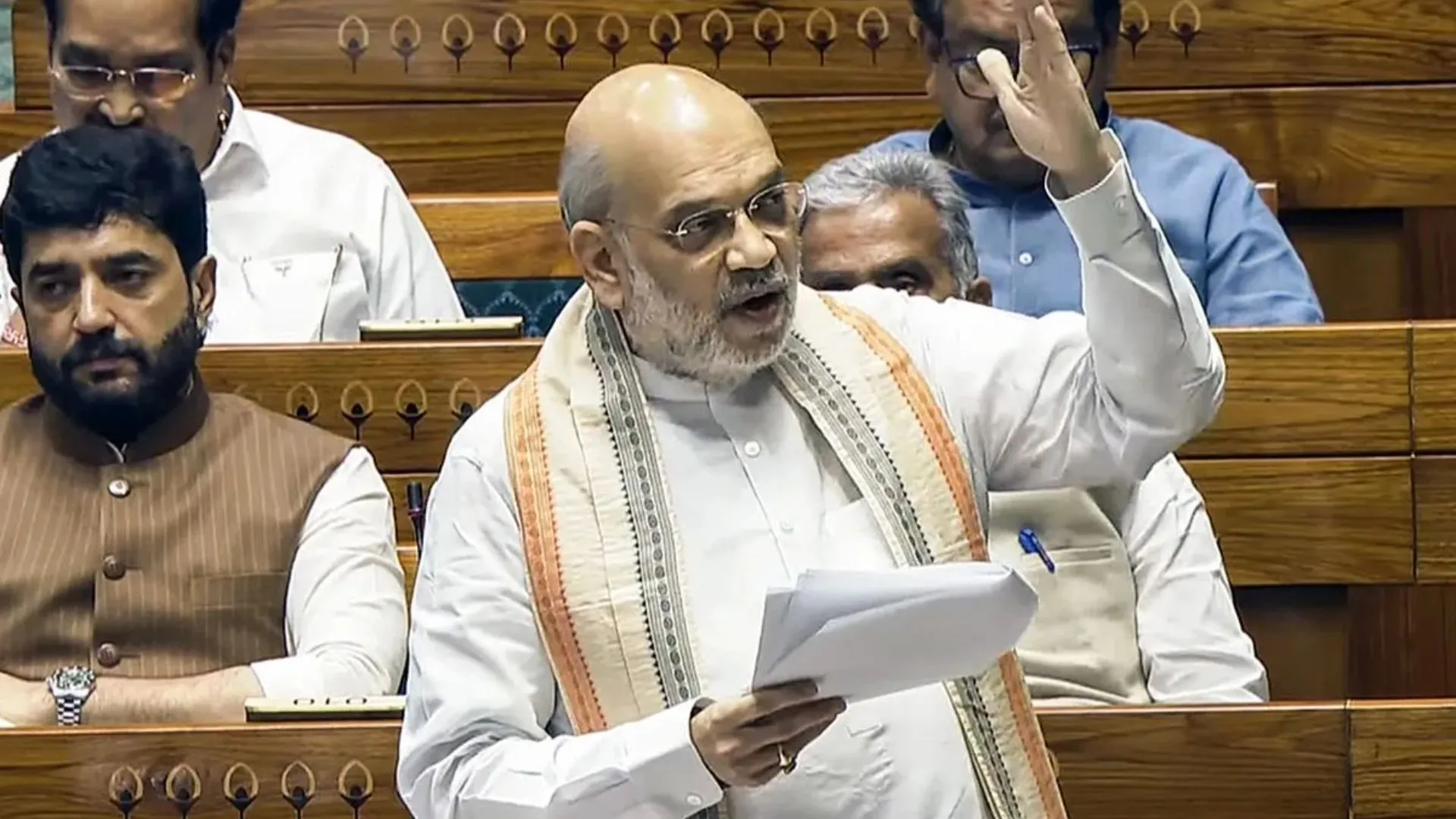As Cyclone Dana unleashed its fury on India’s eastern coast, residents of Odisha and West Bengal braced themselves for heavy rains and fierce winds that disrupted daily life and caused significant damage. Fortunately, the proactive measures taken by the state governments have helped mitigate casualties, as reported by Chief Minister Mohan Charan Majhi, who confirmed the success of the ‘Zero Casualty’ mission. Here’s everything you need to know about Cyclone Dana, its impact, and the ongoing recovery efforts.
What Happened During Cyclone Dana?
- Landfall and Duration: Cyclone Dana made landfall shortly after midnight, crossing the coasts of Odisha and West Bengal. The landfall process continued for approximately 10 hours, bringing with it torrential rain and gusty winds.
- Evacuation Efforts: In preparation for the cyclone, over 700,000 residents were evacuated from coastal regions to safety. This included 6,000 pregnant women who were relocated to health centers, ensuring the safety of vulnerable populations.
- Restoration Work Begins: The National Disaster Response Force (NDRF) swiftly began restoration operations in areas such as Kendrapada, Bhadrak, and Jagatsinghpur following the landfall. Their prompt response is crucial in minimizing further disruption.
- Successful Mission: Remarkably, no casualties have been reported in Odisha due to Cyclone Dana, affirming the effectiveness of the state’s ‘Zero Casualty’ initiative.
- Flooding and Sea Surge: The cyclone caused flooding in coastal areas, with sea levels rising by up to 1.15 meters (3.75 feet). This surge contributed to significant flooding in low-lying regions, affecting homes and infrastructure.
- Transportation Resumed: As recovery efforts began, flight operations were restored at Bhubaneswar’s Biju Patnaik International Airport and Kolkata’s Netaji Subhas Chandra Bose International Airport by Friday morning. This resumption is a positive sign for travelers and businesses.
- Train Services Restored: More than 200 trains that had been canceled due to the cyclone have now resumed operations in Odisha and West Bengal, facilitating movement and trade.
- Blocked Roads: Strong winds and heavy rains resulted in several roads in coastal Odisha being blocked due to uprooted trees. Restoration teams are working diligently to clear these routes.
- Power Outages: Cyclone Dana damaged power lines across Odisha, leaving some areas without electricity. However, officials anticipate restoring power by Friday afternoon, ensuring residents can return to normalcy.
- Ports Remain Undamaged: Importantly, there was no reported damage to ports along the coast, including Paradip, India’s largest port, which is located in Odisha. This is a relief for the shipping and logistics sectors.
What’s Next?
The government and disaster response teams are continuing their efforts to assess the damage and restore normalcy to the affected regions. The proactive evacuation and preparedness measures have played a significant role in preventing loss of life and minimizing injury. As the situation stabilizes, ongoing monitoring and support will be crucial in rebuilding affected communities.
Cyclone Dana serves as a stark reminder of the power of nature and the importance of preparedness in disaster management. The successful evacuation and minimal casualties highlight the effectiveness of governmental responses in times of crisis.
ALSO READ: Cyclone Dana Impact: Delayed International Flights Resume After 14 Hours






















